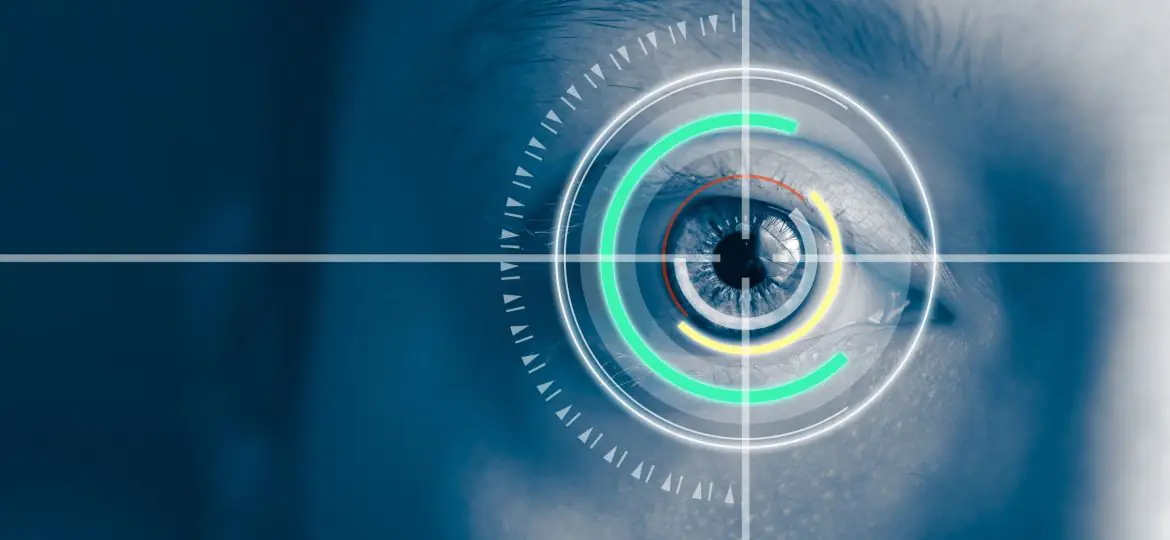
Types of Lasik Eye Surgery

Imagine waking up in the morning and being able to see the world the way it is with crystal clear clarity that without any need for glasses or contact lenses. However, this is still a dream for many, but through a revolutionary procedure known as LASIK (Laser-Assisted In Situ Keratomileusis) eye surgery, this dream turns into a reality. In this blog, we’ll delve into what LASIK is, explore different types of LASIK eye surgery, how they are different from each other, complications associated with them, and at last what to consider before getting it done. So, let’s learn about LASIK and how it can transform your vision.
Understanding LASIK Eye Surgery
LASIK is a surgical procedure designed to correct vision problems, like nearsightedness (myopia), farsightedness (hyperopia), and astigmatism. The goal is to reshape the cornea, to enable it to better focus light onto the retina, thus improving vision. This results in reduced or eliminated dependence on eyeglasses or contact lenses.
Types of LASIK Eye Surgery
There are several types of LASIK eye surgery techniques to address specific visual impairments. Here is a brief introduction to major of them:
Standard LASIK
Conventional LASIK is the most common type of LASIK surgery. During this procedure, the surgeon creates a corneal flap using a microkeratome (a mechanical surgical instrument) or a femtosecond laser. The corneal flap is then lifted, and the cornea beneath is reshaped using an excimer laser. This laser removes precise amounts of tissue, thereby correcting the refractive error. Once done, the flap is repositioned. This procedure is suitable for a wide range of refractive errors.
Wavefront LASIK
Wavefront-guided LASIK is one of the most prominent types of lasik eye surgery. It is a more advanced and customized form of LASIK that uses wavefront technology to create a detailed map of the patient’s eye’s unique irregularities, and then used to guide the laser to reshape the cornea. The whole procedure aims to improve not only common vision problems but also higher-order aberrations, responsible for problems like glare and halos around lights. The best part is that it offers superior visual outcomes and is often recommended for individuals with more complex vision issues.
Contoura LASIK
Contoura LASIK, also known as Topography-guided LASIK, takes personalization to the next level. It uses corneal topography, which provides a highly detailed map of the cornea’s curvature. This map helps the ophthalmologist precisely reshape the cornea, correcting common vision problems and irregularities that can affect visual quality. Among all the types of LASIK eye surgery, Topography-guided LASIK is considered as the most advanced and is ideal for people with irregular corneas.
Intra LASIK
IntraLase LASIK, also known as iLASIK, is a blade-less vision correction surgery. It’s a single day procedure that’s considered very safe due to its high accuracy and low risk of complications. In it, a precision laser device is used to create a potentially more precise flap without the use of a blade. The corneal flap will stick back firmly in as early as two weeks and heals fast as long as the patient is strictly following the surgeon’s advice.
Comparative Table of All LASIK Eye Surgery Types
Now, let’s take a closer look at the differences between these LASIK types in a comparative table:
| LASIK Type | Corneal Flap Creation | Customization | Visual Outcomes | Recovery Time | Suitable Candidates |
| Conventional LASIK | Microkeratome/Femtosecond Laser | Standard | Excellent for common vision problems | Rapid | Wide range of refractive errors |
| Wavefront-Guided LASIK | Femtosecond Laser | High-level with wavefront technology | Excellent | Rapid | Complex vision issues |
| Topography-Guided LASIK | Femtosecond Laser | Highly customized with topography | Exceptional, addresses subtle corneal irregularities | Rapid | Irregular corneas |
| Intra LASIK | Femtosecond Laser | Highly customized | Patients achieved 20/20 or better vision | Rapid | Thinner cornea |
Selecting the Optimal LASIK Eye Surgery for Your Needs
Before you decide which one to choose among different types of LASIK eye surgery, there are a few essential factors to consider:
- Eye Health: Please get your eyes examined before the surgery and ensure that you have healthy eyes, free from ailments like glaucoma, cataracts, or other diseases that may affect the outcomes of the surgery.
- Stability: It is essential to have a stable vision for at least a year before the surgery.
- Age: Patients above the age of 18 are only suggested to undergo any of the different types of LASIK surgery, as vision can continue to change during adolescence.
- Cost: LASIK is an elective procedure and may not be covered by insurance, so consider the cost. There are a few factors that might affect LASIK surgery cost.
- Surgeon’s Expertise: Choose an experienced and reputable surgeon who can help determine the most suitable type of LASIK eye surgery for your needs. We have a team of world-class surgeons; you may book an appointment.
- Realistic Expectations: While LASIK can greatly improve your vision, it may not guarantee perfect vision, depending upon the condition of your eyes and you may still need glasses to carry out a few activities.
Conclusion
LASIK eye surgery has transformed the lives of millions by providing clearer, more natural vision. Since there are multiple types of LASIK eye surgery, like standard LASIK, wavefront LASIK, Contoura LASIK, or Intra LASIK, each type offers distinct advantages and may be better suited to your specific needs.
Before making a decision, consult with an ophthalmologist who can assess your eye health and help you choose the most appropriate one among all the types of LASIK eye surgery. With the right procedure and an experienced surgeon, you can embark on a journey towards a life with improved vision and greater freedom from glasses or contact lenses.
Why Planet Lasik?
We, at Planet Lasik, are a one stop solution for refractive procedures including LASIK, Contoura Vision, SMILE, and SILK. To know more about LASIK cost or any other query, get in touch with us.
Types of Lasik Surgery – FAQs
- Is LASIK eye surgery safe, and what are the potential risks and complications?
LASIK is generally safe and effective for vision correction. Risks and complications can include dry eyes, glare, and over/under-correction, but serious issues are rare. One must consult with a qualified eye surgeon for personalized advice.
- How do I prepare for a LASIK procedure?
First, visit an ophthalmologist and get your eyes examined and go for the type of LASIK that suits your eye condition and requirements. Follow pre-op instructions and adhere to post-op care for a successful outcome.
- Which is the most common type of LASIK Surgery?
The most common type of LASIK surgery is conventional LASIK, also known as traditional or standard LASIK.
- Does LASIK hurt, and what is the recovery process like?
LASIK is generally not painful, and most people experience minimal discomfort. The recovery process is quick, with vision improvement within a couple of days, and full recovery in a few days to weeks.
- Which type of Lasik surgery is the best?
The “best” type of LASIK surgery depends on your eye condition and the surgeon’s recommendation. Custom or Wavefront LASIK is often considered advanced, but it’s crucial to consult with an ophthalmologist to determine the best option.
